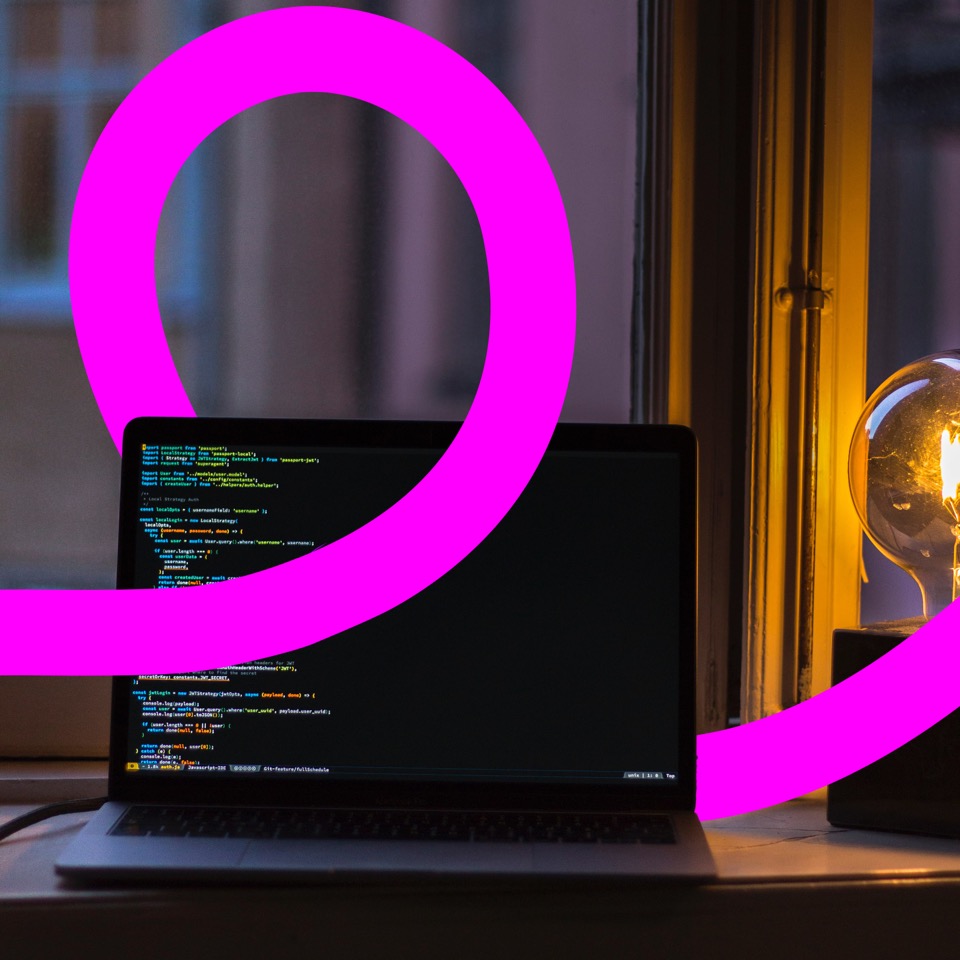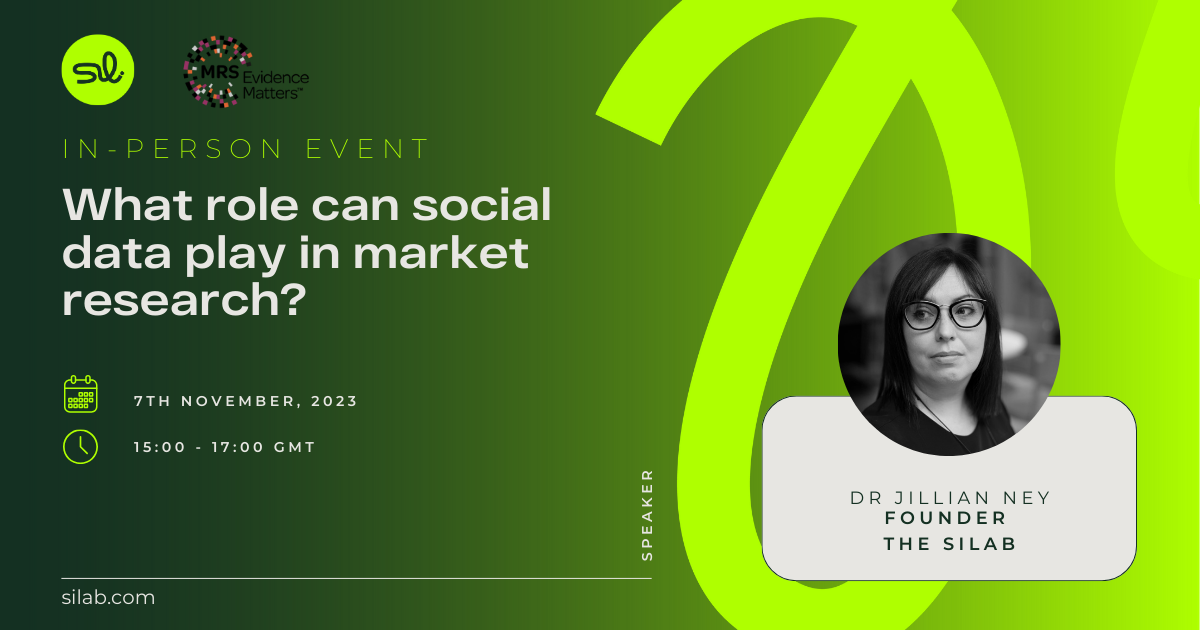
Mapping the media storm: How to respond to a potential PR crisis
Crisis monitoring - the spotting of emerging risks and monitoring the development of a reputational crisis in the news and social media - has always been one of the main staples of the media monitoring and, most recently, the social intelligence trade. It has also been one of the main drivers for technology improvements on the content vendors’ side and a key selling point as evidenced by a brief visit on any of the technology vendors’ websites. As a result, we have at our disposal relatively reliable alerting capabilities based on quant triggers (changes in volume and sentiment) as well as keyword “trip wires.”
However, the dashboards and alerts on their own do little to provide proper understanding of the key actors and the dynamics of the situation at hand and chart a proper course of action. There are several things every marcom practitioner needs to consider when she lands in this dreaded situation.
Don’t rely on automated sentiment analysis
First of all, one should not over-rely on the AI and automated sentiment. The automated sentiment and the trigger search terms will flood the monitoring dashboards and the inbox with warning signs and siren wails. The alerts should be used as a call to do a little bit of scouting before escalating and jumping into action.
For example, in the summer of 2021, Le Pub, a Publicis Groupe agency working for Heineken, launched “The Night is Young” global campaign celebrating our ability to get out and safely socialize once more following the easing of lockdowns in many countries and the roll-out of COVID-19 vaccines. The strong pro-vaccination message triggered calls for brand boycott from anti-vaxxers. #boycotttheineken was the hashtag of choice.
At the time Le Pub and the Publicis Social Intelligence Center had access to Netbase, Brandwatch and Talkwalker, and fired on all cylinders to monitor the situation. All three vendor platforms registered a sharp spike in the number of mentions as well as extremely negative sentiment prompted by the presence of the word “boycott” as well as some other expletives.
So on the surface the situation seemed pretty bleak and both the client, Heineken, and Le Pub/Publicis were gearing up on how to respond.
There has been a lot of research of the efficacy of boycotts in the past several years and the verdict is still out. However, most experts and research agree low brand/product switching costs is key for successful boycotts.


Manual analysis can give you more insight into a situation
Thus, our first task was to examine the people who were calling for the boycott and gauge how many of them were actually Heineken drinkers. As it turned out, most of them were not loyal customers but were rather anti-vaxx propagandists with long track records of posting anti-vaxx content. Additionally, most of these vocal accounts were located in the UK and the Netherlands, and at the time were registering strong anti-lockdown and anti-vaccination views among certain groups in their societies.
What’s more, sifting through the conversation revealed the automated sentiment scoring has been way off, as close to half of the tweets came from users defending Heineken and the “The Night is Young” campaign. In short, the general population and Heineken drinkers were policing the platform, lambasting and ridiculing the people calling for boycott and praising the campaign’s message and the brand’s stand on the issue.
Get the full picture before taking action
Our analysis produced a more nuanced picture and better understanding of the #boycottheineken conversation and key participants than what the dashboards and alerts provided.
Beyond dissecting the conversation and the participants, there are a couple of extra steps one can take to ensure a more complete picture of the situation.
A mass exodus from the brand’s owned social media accounts is a sure sign the brand’s fans and consumers are taking the issue at hand seriously. Even if there is no change in the number of follows, the consumers might voice their opinions in the comments section.
Additionally, Google Search trends can provide a hint at how far the news has travelled and if it is resonating with people. At the time of the #boycottheineken debacle, the search volumes did not budge but the Rising Search trends did show some interest in the topic.


Last but not least, it is highly advisable to pay attention to the news zeitgeist, check what are the top news of the day, and how your topic/issue stacks up against this broader news context. It is not uncommon for major news to overshadow, or even bury, news related to our brand or our client. When it comes to calls for boycott, as evidenced by the #boycottheineken case, most often than not, activists and non-consumers drive these initiatives on social media. However, once the general news media (The Guardian, Washington Post, NY Times, etc. as opposed to The Drum) picks up the story, the audience reach expands, easily encompassing the general population and of course the brand’s consumers. Once this threshold has been reached, the financial and reputation implications become much more serious and the mitigation efforts more complex and expensive.
And if you are wondering how Heineken responded to #boycottheineken, well, we at Publicis Groupe and Le Pub would not be bragging about it now, if the brand did not decide to stand behind the “The Night is Young” and its message.
This interview was recorded via LinkedIn Live, if you prefer to view on LinkedIn, click the button below.
View InterviewSee related content









